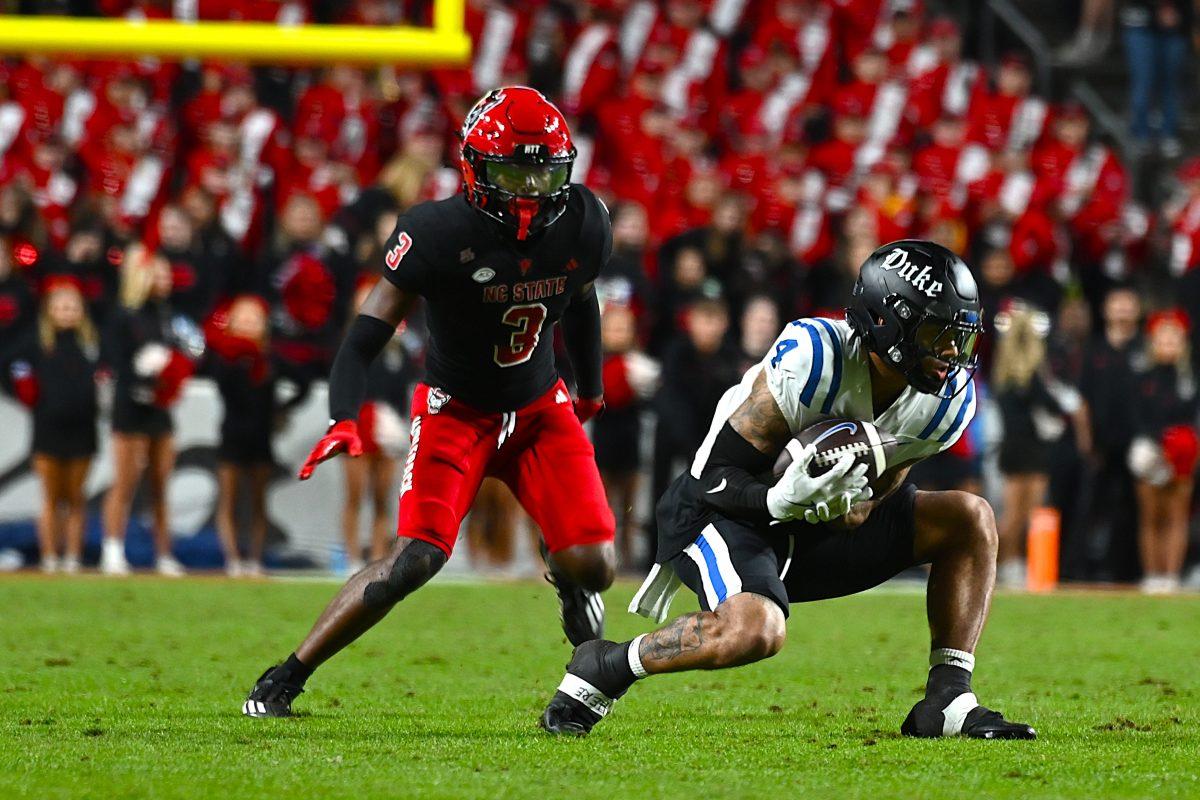The 2015-16 college football season might just be the most momentous season in the history of football for the state of North Carolina. This year, residents of the Old North State will have the opportunity to witness seven different home-state teams gear up for Saturday game days. The only two other states have more schools playing at the FBS level: Texas with 12 and Ohio with eight.
In 1978, the four traditional North Carolina FBS schools in Duke, NC State, UNC-Chapel Hill and Wake Forest were joined by Greenville’s very own East Carolina Pirates. In the last two years, North Carolina has seen its number grow to seven FBS schools with the additions of the Appalachian State Mountaineers and the UNC-Charlotte 49ers. This expanding landscape of college football in the state has got me thinking about its potential effects on North Carolina’s future.
In the nearly 40 years that ECU has been a part of the premier division of college football, the Pirates have become the source of some the Triangle’s greatest headaches. Since 1999, the Pirates have amassed a collective 10-10 mark versus the Blue Devils, Tar Heels and Wolfpack. Even more recently, ECU was a perfect 4-0 in its last four outings against NC State and UNC-Chapel Hill. Chief of those wins was a 70-41 drumming of the Tar Heels last year in Greenville and a 42-28 downing of the Wolfpack in 2013 at Carter-Finley.
The triumphs of ECU against fellow North Carolina teams raises a question for me about App State and Charlotte. Could the Mountaineers and 49ers also challenge for state dominance like ECU one day?
My conclusion: It’s certainly not likely. But there’s always that possibility when the North Carolina “big four” continue to stand on the fringe of mediocrity and remedial success.
Much of ECU’s success has come from riding the coattails of the Devils, Deacs, Heels and Pack’s inability to sustain any type of winning traditions in recent years. The Pirates, though disadvantaged by playing in lesser conferences, have been able to capitalize on the languishing of the big four by stringing together a couple good seasons highlighted by some statement victories. In turn, this success has resulted in improved recruiting classes and a certain swagger that is unique to the ECU football program. This too should be App State and Charlotte’s recipes for success.
Here’s a comparison from another state, for years and years the Texas Longhorns dominated the state of Texas. Both in the win column and on the recruiting trail, the Longhorns were an unstoppable force in the Lone Star State for decades. However, when Texas hit hard times under Mack Brown, suddenly programs like Baylor, TCU and Texas A&M started to emerge as contenders. It wasn’t that these teams surged ahead of Texas while the Longhorns were still competing for national championships. Instead, the newcomers didn’t finally move into the spotlight until Texas lost control of the reins.
The same can be said for football in North Carolina. It’s not that ECU raced ahead while Duke, Chapel Hill, State and Wake struggled to keep up. Rather it’s the fact that the big four teams have just been so run-of-the-mill lately that ECU has been afforded the opportunity to rise above.
Before I conclude, let me just say to the naysayers, this column is not meant to be an indictment against the NC State football program. I am highly optimistic concerning the direction of the Pack under head coach Dave Doeren.
With that being said, my hopes for this piece is that it will light a fire in the hearts of the Wolfpack faithful. The competition for the state is becoming even more crowded, and if we really want to bombastically proclaim that “This is Our State!” then we better continue to put some wins behind it. Otherwise, we might just see more teams like Appalachian State and Charlotte peering in the rearview mirror, waiting for their windows of opportunity.













